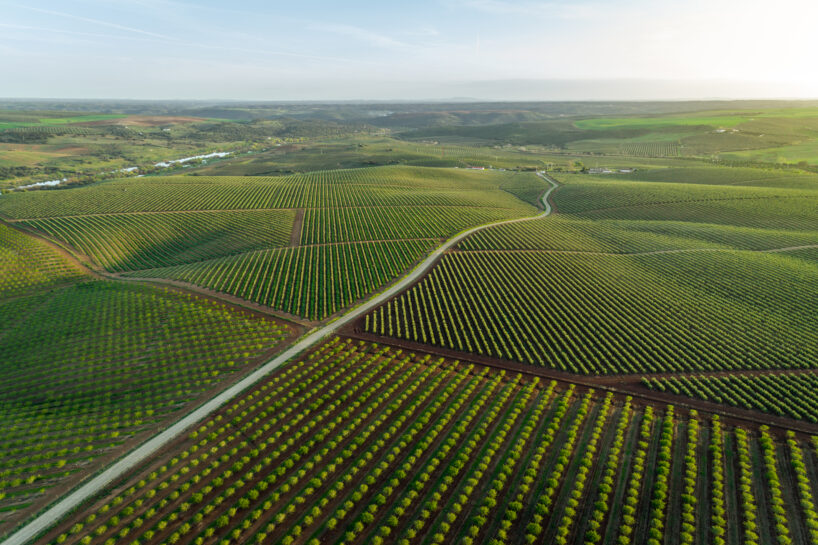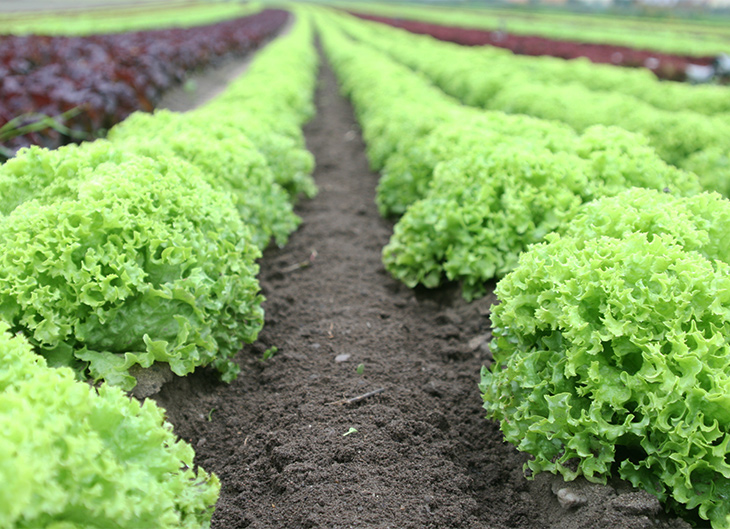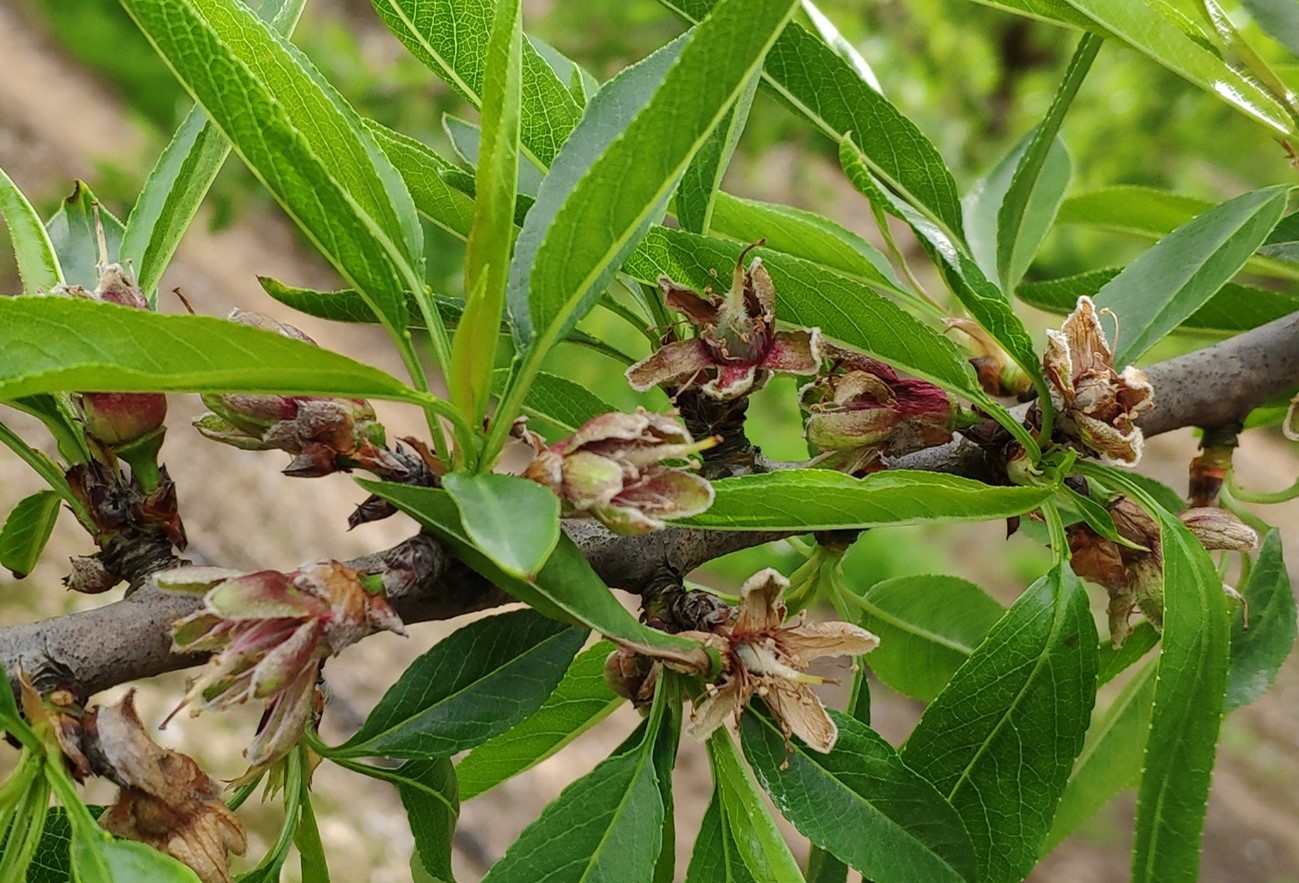
Land ownership changes: the sale of rural properties has soared by 20%
A major change in land ownership is currently taking place. In addition to private investors, it is now the large investment and renewable funds that are buying the land seeing in this type of property a significant revaluation potential in the face of high demand.
The countryside cannot turn its back on the reality it is living where many farmers leave the harvest on the trees or directly cut them down due to the lack of profitability of their farms. This situation is causing many farmers to look for alternatives to make their land profitable and the installation of photovoltaic panels and renewable energies is beginning to change the map of the Spanish countryside. Where before we saw crops it is very likely that in a short time we will see “solar plantations“.
Real estate professionals say that the rural world in Spain has become fashionable. Inflation, economic instability and the pandemic are some of the factors that have driven the interest of investors and individuals to live or have a rustic property and investment funds and large fortunes to bet on the agri-food sector, as a stable and profitable asset.
The increase in investment funds interested in solar farms for the production of green hydrogen is undeniable. They are leasing and buying large farms of more than 100 hectares for the production of renewable energy and come to give rents of up to 2,000 euros per hectare. All this causes the value of the farm to rise because profitability rises.
In general:
- – The sale of rural properties has reached maximum figures, and large investors are set in Spain and Portugal because prices are much more affordable than in other areas (California or Australia).
- – The sector exceeds the pre-pandemic data by 28.23%.
- – As a result of the data collected, at the end of 2022 there are significant increases in the number of transactions carried out both at the regional and national level compared to previous months. These data reflect an increase in transactions of:
- › 35.73% in Castilla y León
- › 28.36% in the Valencian Community
- › 27,88% in Extremadura
- › 26.01% in Galicia
- › 25.82% in Castilla-La Mancha
- › 13.53% in Andalusia, which is below the national average (20%) since the drought suffered in 2022 caused a significant loss of interest in rustic farms in southern Spain.





